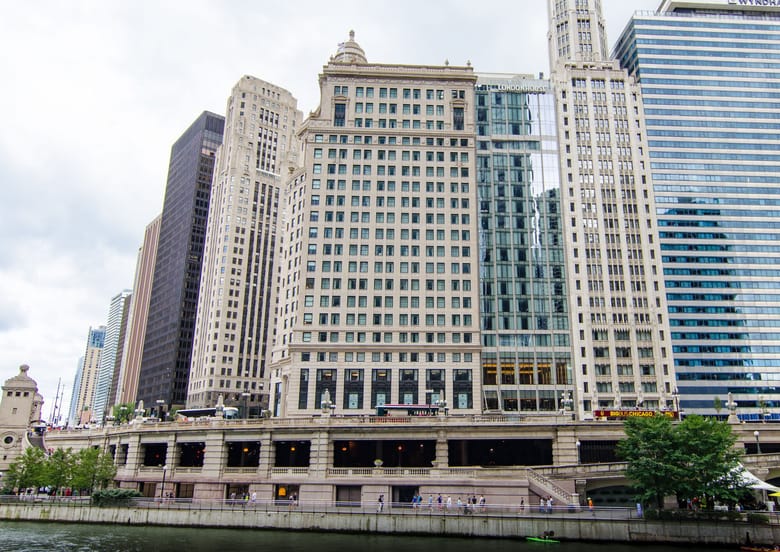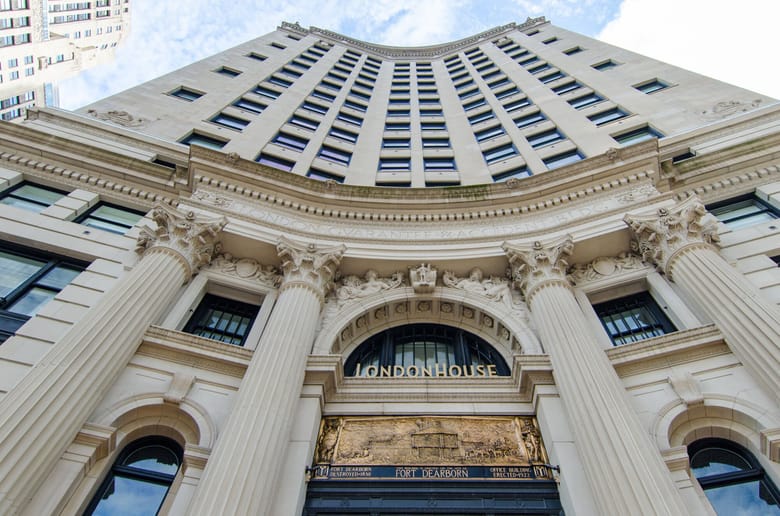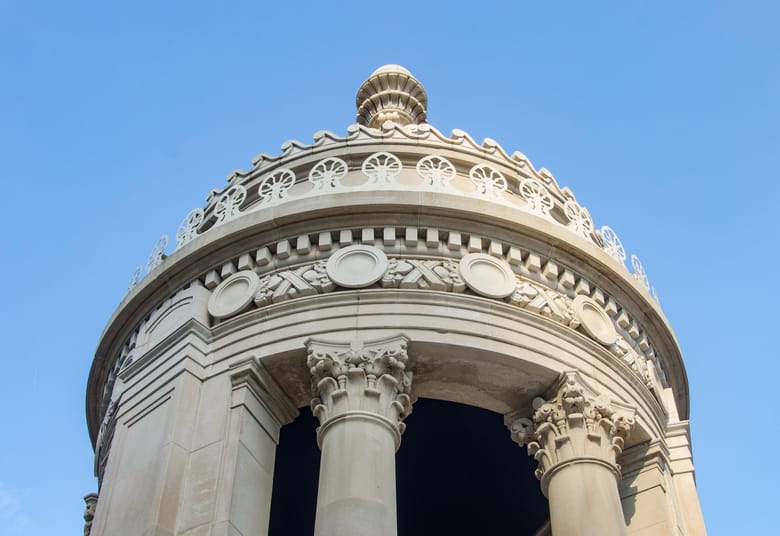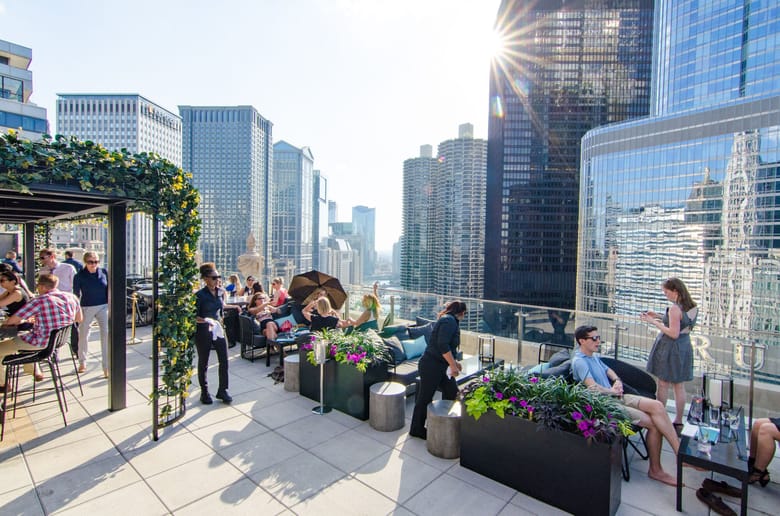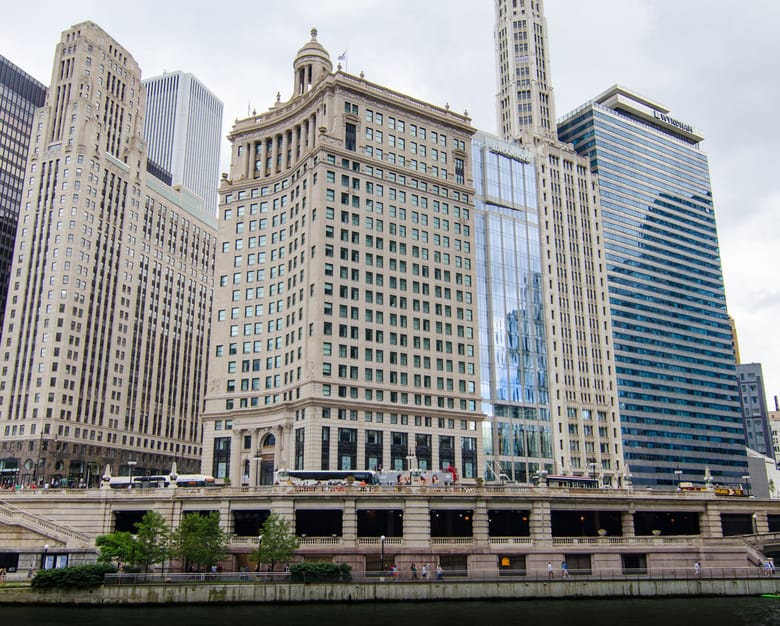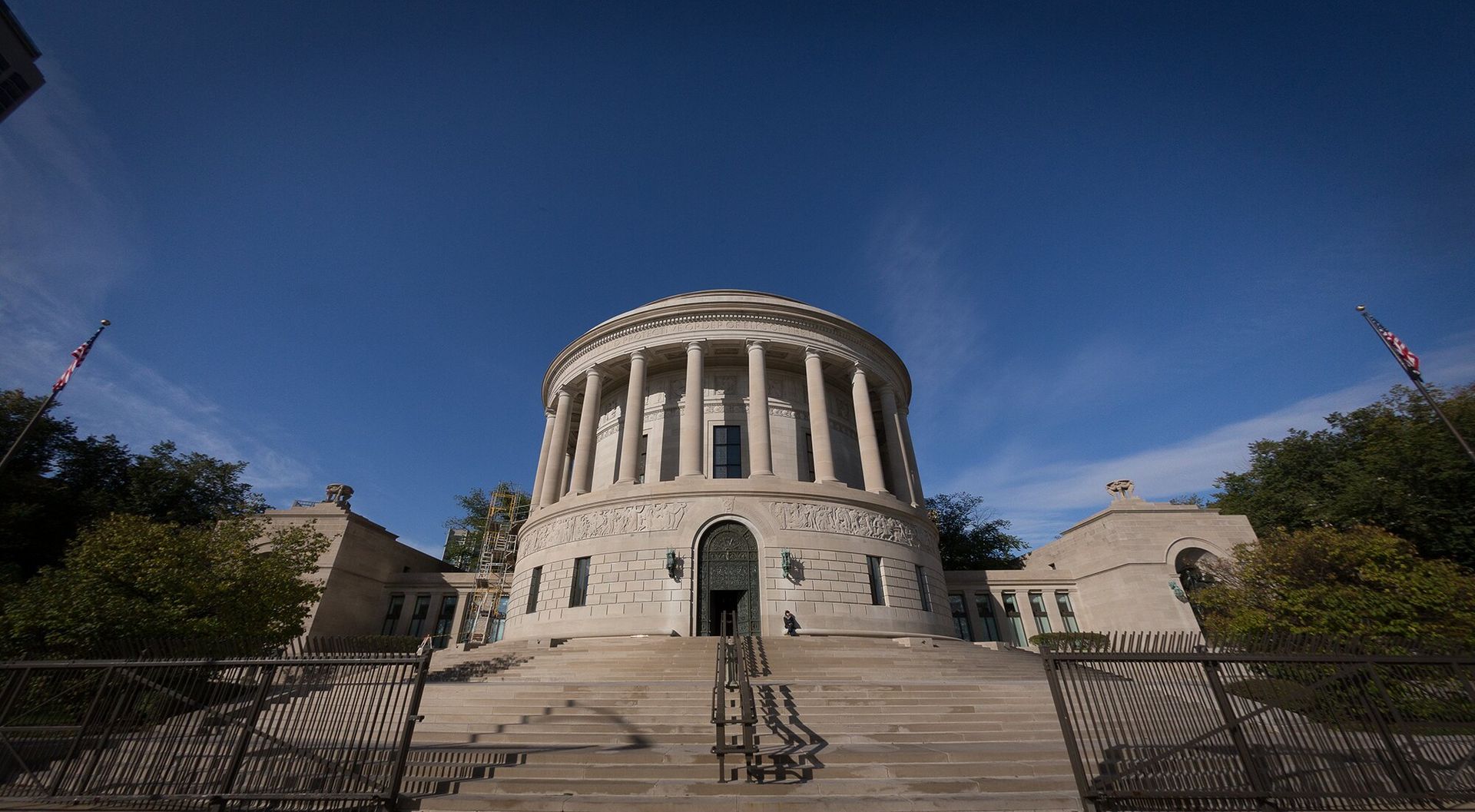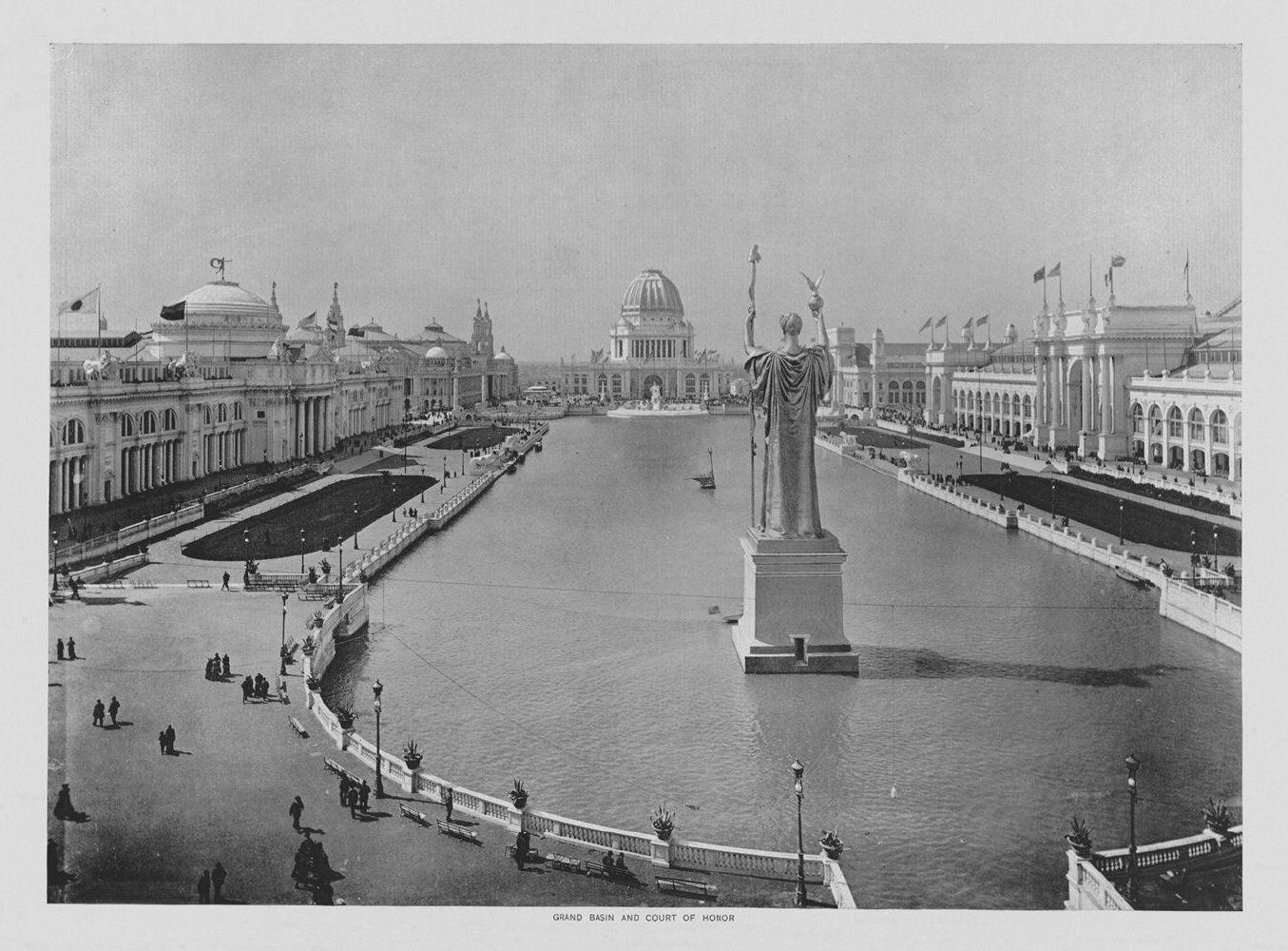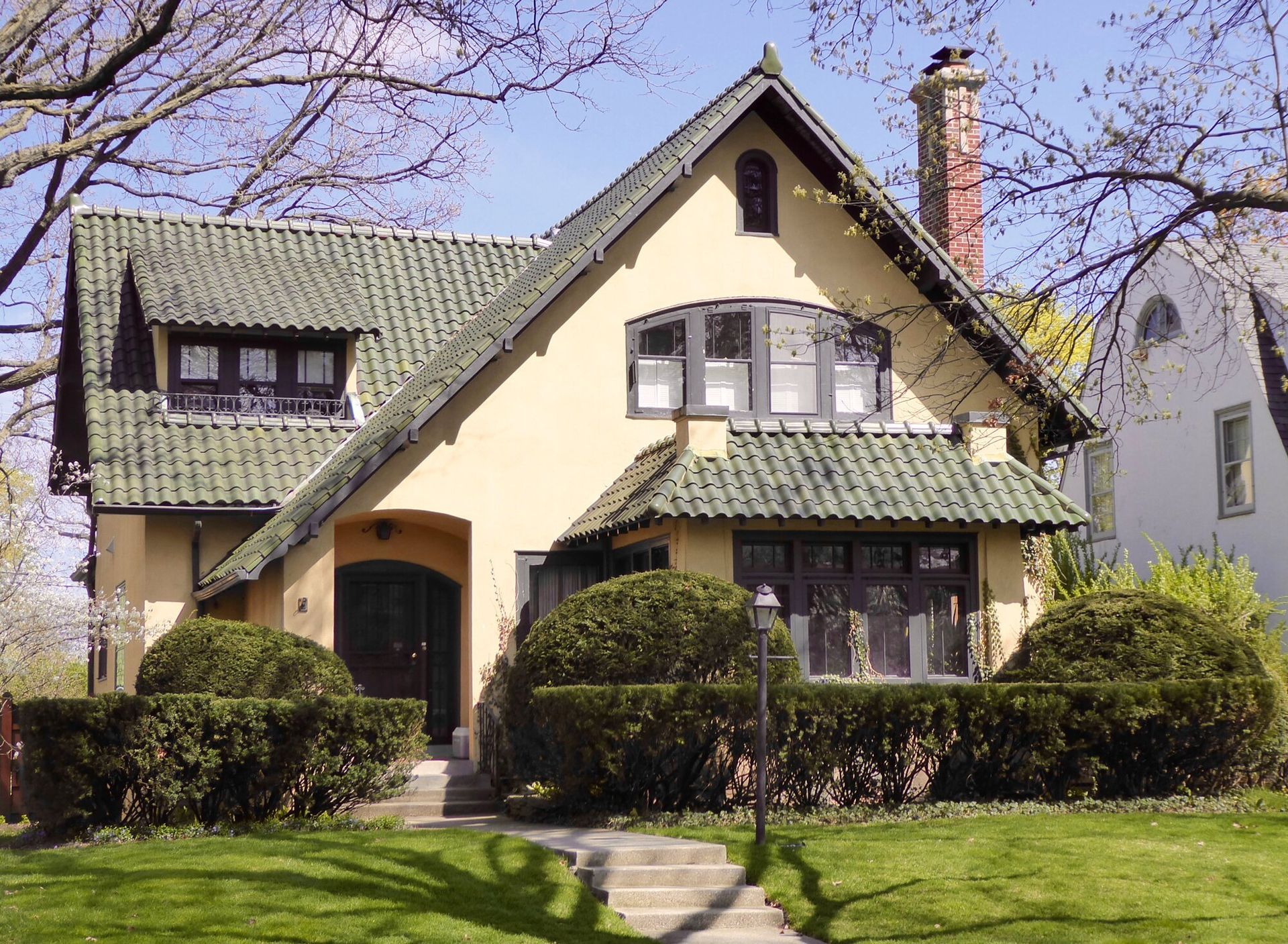LondonHouse Chicago
The 1920s was a period of significant growth for Chicago. Industry was booming in the wake of the World’s Columbian Exposition of 1893. The thriving economy created an upsurge in infrastructure and the construction of new skyscrapers, with designs reminiscent of those seen in the “White City” at the World's Columbian Exposition of 1893. The London Guarantee Building was part of this boom.
Designed by Alfred S. Alschuler, the building was completed in 1923 for the London Guarantee & Accident Company, a British insurance firm. Its design is the epitome of the Beaux-Arts style, filled with classical references like Corinthian columns and Roman figures engraved in the stone façade.
The building’s most prominent feature is the cupola that sits atop the 22-story tower. The structure is comprised of a ringed colonnade (sequence of columns) and a domed top that rise several additional stories above the main building. The effect is purposefully dramatic and serves to counterbalance the grandeur of its neighbor across the river, the Wrigley Building.
EVOLVING PURPOSE
The London Guarantee Building was home to a multitude of tenants throughout the 20th century.
In the early 1950s, the London House Jazz Club opened its doors on the building’s first floor. It was one of the foremost jazz clubs in the country and hosted musicians like Oscar Peterson, Frank Sinatra, Ramsey Lewis, Barbara Carroll and many others. As rock and roll began to eclipse jazz, the famous nightclub and restaurant closed its doors in the early 1970s.
The Stone Container Corporation signed a long-term lease in the space in 1960. Decades later, Crain Communications acquired the building. As the building changed hands, it also changed names. People often referred to the structure by its principal tenant at the time, which caused confusion among Chicago residents and visitors alike.
REVITALIZED ANCHOR
Toward the end of the 20th century, the building was no longer the thriving hub it once was. It remained largely empty until the Oxford Capital Group acquired the building in 2013. Two years later, the corporation announced its plans to launch one of the most ambitious downtown restoration projects in recent years. Taking a titular cue from the departed jazz club, the 452-room LondonHouse Chicago hotel opened in spring 2016. Major changes included a 22-story glass addition containing ballrooms and meeting spaces designed by Goettsch Partners, and an extremely popular 3-level rooftop lounge.
The building’s transition from insurance mecca to jazz joint to successful hotel demonstrates its ability to stay relevant over nearly a century. The London Guarantee and Accident Building is still an anchor of the Michigan Avenue Bridge, but it has also cemented itself as a mainstay of Chicago’s future.
Did you know?
A Michigan Avenue property owner refused to sell his small piece of land to the London Guarantee Company before the headquarters was built. As a result, Alschuler had to design the building around it. When the building corporation later obtained a 198-year lease to the parcel, Alschuler designed a five-story section that makes the façade continuous.
Did you know?
A sculpture of Neptune, the Roman god of the sea, is located above the main entrance as a nod to the fact that the building's namesake firm sold maritime insurance.
